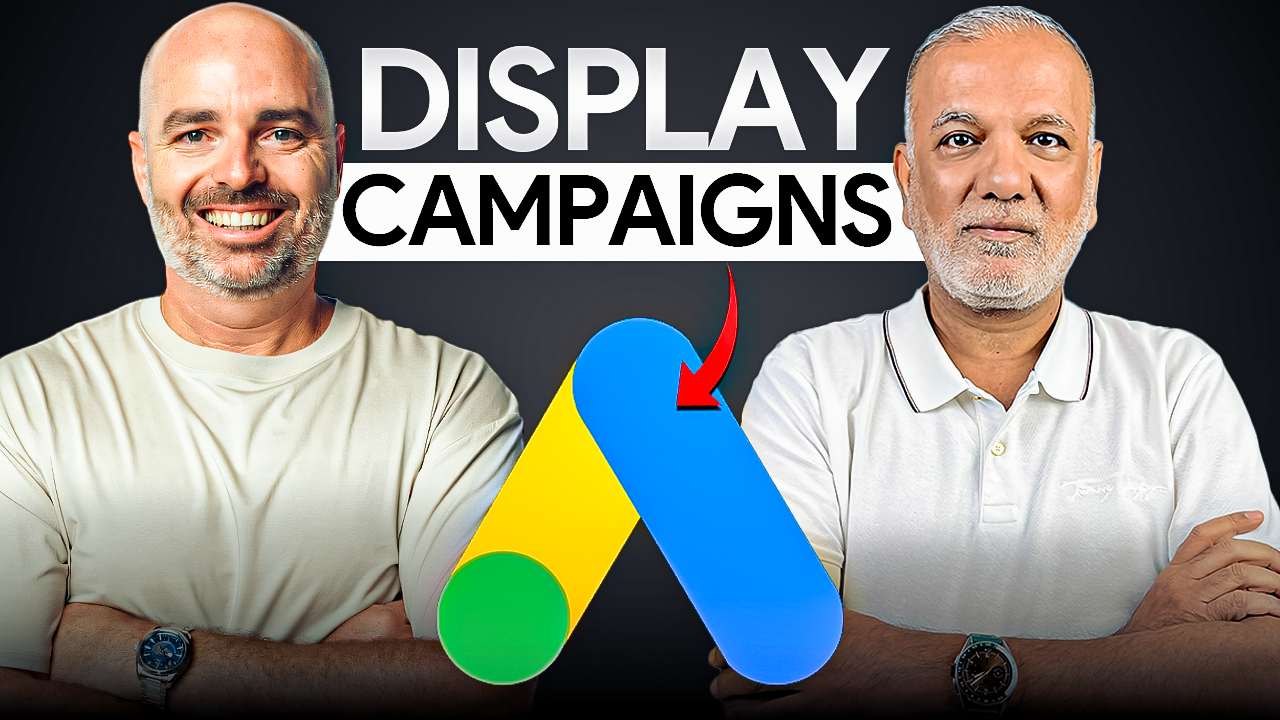
Why Google Display Ads Are the Most Underrated Tool in Digital Marketing
Apr 09, 2025Discover how to leverage display campaigns for brand awareness, lead generation, and scalable growth.
When it comes to pay-per-click (PPC) advertising, most businesses prioritize Google Search campaigns. However, there’s an often-overlooked gem in the Google Ads toolbox—Google Display Ads. While typically underestimated, display campaigns offer an unmatched opportunity for brand visibility, affordable traffic, and long-term conversions—especially when managed strategically.
This guide explores how display campaigns work, why they’re misunderstood, and actionable strategies to maximize their impact.
Why Google Display Campaigns Are Misunderstood
The biggest mistake advertisers make with Google Display Ads is expecting them to behave like search campaigns. Display ads appear across millions of websites, apps, and YouTube videos—often as a user's first interaction with a brand. That means there’s little to no intent at this stage. The goal isn’t an immediate conversion, but rather brand recall and audience warming.
Unfortunately, many marketers abandon display too quickly, thinking it’s not converting—when in reality, they’re not measuring the right metrics.
Key Metric: View-Through and Micro Conversions
Unlike Search, success on the display network isn’t measured by clicks alone. Display campaigns excel in view-through conversions—where users see an ad, don’t click, but later return through another channel and convert.
Additionally, advertisers must track micro conversions, including:
-
Time on site
-
Scroll depth
-
Video plays
-
Pages per session
These signals indicate high engagement, even if they don't lead directly to a sale. When micro conversions go up, macro conversions (purchases, signups, form fills) tend to follow.
Why Display Works for Local Businesses
For local service providers or niche markets with limited search volume, display ads offer a cost-effective way to increase visibility. When users aren’t actively searching, display campaigns keep your brand top-of-mind.
Two performance indicators to watch:
-
Increase in direct traffic
-
Growth in branded search volume
These metrics show your message is reaching the right audience and driving real results.
👉How to Optimise Google Display Campaigns for Better Results in 2025
High-Impact Display Strategy: Start with Custom Segments
To build a successful display campaign, start by creating custom segments tailored to your audience. Examples include:
-
Industry-specific keywords
-
Interest-based categories (e.g., “email marketing tools”)
-
Competitor brand names or influencers
-
Business growth and lead generation topics
Use one ad group per audience to simplify performance tracking and isolate what’s working.
Creative Testing: Optimize Before You Scale
Instead of launching dozens of ad sizes upfront, start small:
-
Begin with a single ad size, such as 300x250.
-
Test multiple creatives—images, CTA buttons, colors, and headlines.
-
Identify the top performer, then scale across additional ad sizes.
-
Optimize continuously based on click-through rates (CTR) and engagement.
This method saves time and ad spend while helping identify high-performing ad variations.
Avoid “Set and Forget” Display Campaigns
Display ads require ongoing optimization. Many fail simply because they’re launched and left untouched. Best practices include:
-
Regular placement reviews (eliminate low-quality or irrelevant websites)
-
Audience refinement (exclude low-engagement users)
-
Ad creative updates (keep messaging fresh and relevant)
-
Landing page alignment (ensure seamless user experience)
Even just 10–15 minutes of optimization weekly can dramatically improve campaign results.
Using Display in the Full Funnel Strategy
Display campaigns work best when they serve both ends of the funnel:
-
Top-of-funnel: Reach cold audiences with engaging creatives and soft offers.
-
Mid-to-bottom-funnel: Retarget based on micro-engagements (e.g., scroll depth, cart abandoners).
Segmenting audiences this way ensures that your ad spend targets qualified traffic, improving both engagement and ROI.
Display vs. Performance Max vs. Demand Gen
While Performance Max and Demand Gen campaigns automatically include display placements, running dedicated display campaigns gives you more creative control, audience segmentation, and granular reporting.
For example:
-
Use Display Ads for visual branding and lead generation
-
Use Video (or Demand Gen) campaigns separately to analyze video-specific results
-
Avoid mixing placements to maintain clarity in campaign performance
Best Practices for Display Ad Design
To maximize engagement:
-
Use professional headshots for personal brands or service-based businesses
-
Keep text overlays minimal—aim for clarity and readability
-
Test different headline styles, button colors, and calls-to-action
-
Use tools like Canva or Photoshop, or outsource to skilled freelancers
-
Maintain a swipe file for visual inspiration and reference
Remember, consistent visuals across ads, website, and other channels help build familiarity and trust.
Final Thoughts: Display Campaigns Are a Long-Term Play
Unlike search ads, display campaigns don’t produce instant results—but their long-term value is unmatched. They provide:
-
Scalable brand awareness
-
Affordable impressions and clicks
-
Consistent retargeting opportunities
-
Improved performance across the funnel
With the right strategy, patience, and optimization, display ads can become one of the most cost-effective tools in your digital marketing strategy.

